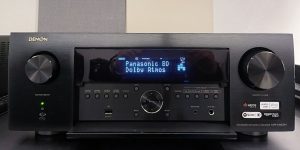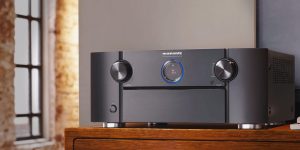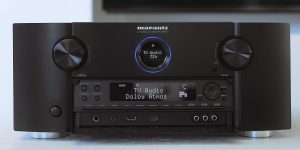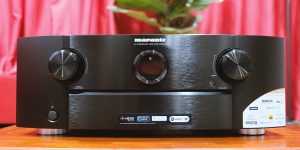If you’re reading this, chances are you’re interested in home audio equipment and are looking for the optimal AV receiver to complete your setup. But with so many options on the market, it can be challenging to choose the right one That’s why I’m here to guide you through the technical side of AV receivers and explain how to understand power ratings, specifically watts per channel, to make a well-informed decision.
Firstly, let’s get technical. AV receivers are the hub of your home theater or audio system, serving as a central control point for all your audio and video equipment. However, not all receivers are created equal, and understanding their power ratings, measured in watts per channel, is crucial to achieving the best sound quality possible. So, what do these power ratings mean, and how do they affect the performance of your equipment? Let’s explore!
Watts: measuring power output
Regarding AV receivers, the power output is measured in watts. It represents the amount of electrical power the receiver can deliver to each channel of the speaker system. The power level of an AV receiver is an important metric but not a determining factor for achieving the desired sound quality in your home theater or audio system.
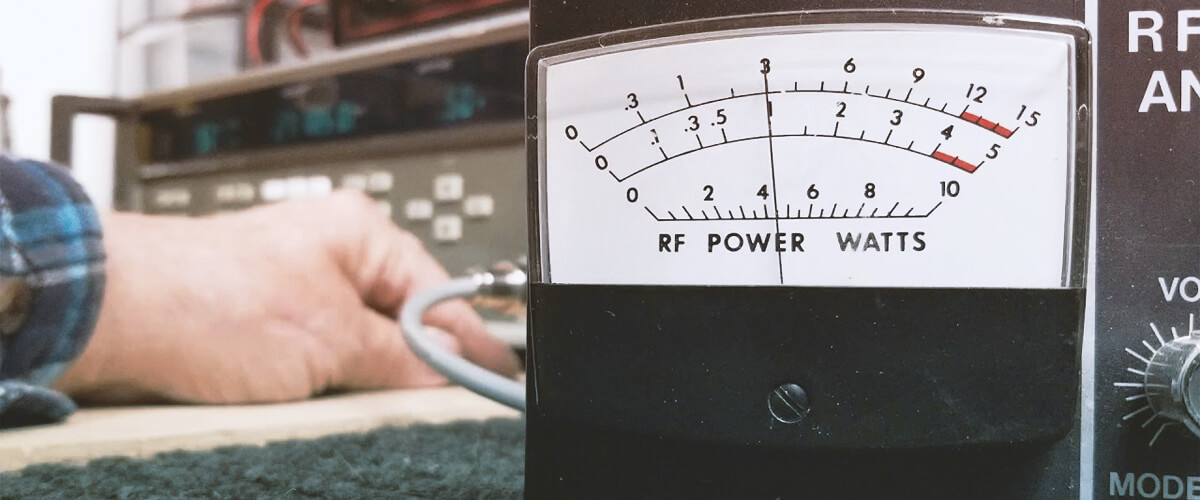
Definition and meaning of watt
A watt is a unit of measurement for the output power of AV receivers. The higher the receiver wattage, the more powerful the sound can be. In most cases, devices come with an output power rating of 80 to 100 watts per channel, which is suitable for most users and situations. However, it is very important to choose the right power level based on the capabilities of your speaker system.
RMS and peak power
AV receivers have two power ratings: RMS and peak power. RMS (rated power) is the continuous power that the amplifier can deliver without distortion, and peak power is the maximum power that the amplifier can deliver in short bursts.
The main difference between them is the timing of the signal. The RMS (rated) power the receiver can deliver over a long period is more important to us as users. Usually, RMS values are lower than peak values. Still, they show the real capabilities of the equipment (actually, how much your speaker or subwoofer can actually handle without degradation of quality). On the other hand, peak power shows the maximum possible load. It can only be delivered briefly, i.e., in seconds (e.g., some dynamic shot from a movie – a bullet whizzing by, an explosion, etc.). So the main thing you should understand is that you should not abuse the peak value and expose the equipment to the danger of burnout.
How power affects sound quality and performance
The output power of an AV receiver is one of the important indicators that affect your audio system’s sound quality and performance. If it’s too low, it may not be able to handle speaker control, resulting in poor sound quality. Conversely, if the output power is too high, it can cause distortion and even damage the speakers. Therefore, matching the AV receiver power indicator to your speakers’ power is critical for achieving the desired sound quality.
Channels: distribution of audio signals

Understanding your receiver’s channel assignment will help you understand the difference between an AV receiver (multichannel) and a stereo receiver. Multichannel receivers are available in various channel configurations, such as 5.1, 7.1, or 9.2 (and more).
Home theater systems with more channels can provide more immersive and realistic sound, allowing for a better sense of direction and depth. For example, a 5.1-channel system includes a center speaker, two front speakers, two rear speakers, and a subwoofer, while a 7.1-channel system includes two additional side speakers for more surround sound. Yes, in larger rooms, systems with more channels can provide more immersive and realistic sound, but they’re not always the best option for any installation. But a system with fewer channels may be more appropriate in smaller rooms or limited space.
Stereo receivers are a popular option for audiophiles for whom sound quality is more important than surround sound. This type of device usually has two channels, which allows for a more accurate and clear soundscape. In addition, the output power is especially important for stereo receivers, as more power can provide better sound quality and performance.
So, how many watts per channel do you need? It depends on your setup, room size, and personal preferences. It even depends on whether your neighbors share your hobbies if you live in an apartment.
Impedance: electrical resistance and load
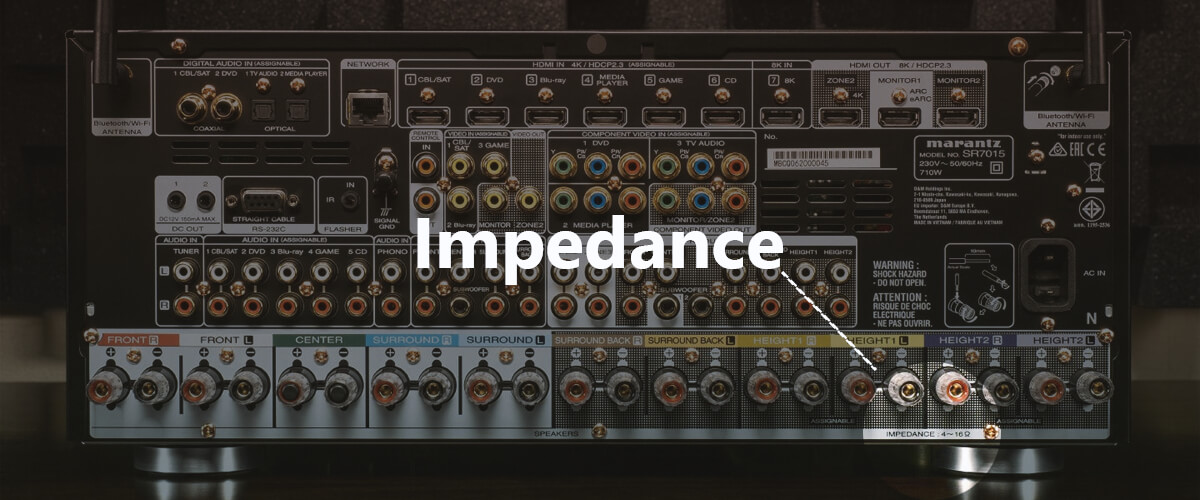
Another technical factor to consider when choosing an AV receiver is impedance, which is the electrical resistance and load that the receiver can handle.
The basics of impedance and its role in av systems
Impedance is measured in ohms and indicates how much electrical resistance your speakers exert at the receiver’s output. It is an important factor to consider when choosing an AV receiver. When you assemble your system, your speakers must match the receiver’s capabilities for the full performance of your audio system and for it to last you many years without damage.
Matching speaker impedance to receiver
Matching the impedance of your speakers and receiver is very important to get better sound quality and performance from your audio system. Most AV receivers have an impedance of 8 ohms, which is standard for most speakers, but some speakers may have a lower or higher impedance. These values must match; otherwise, it may result in poor sound quality or damage to the equipment.
Сommon misconceptions about AV receiver power ratings
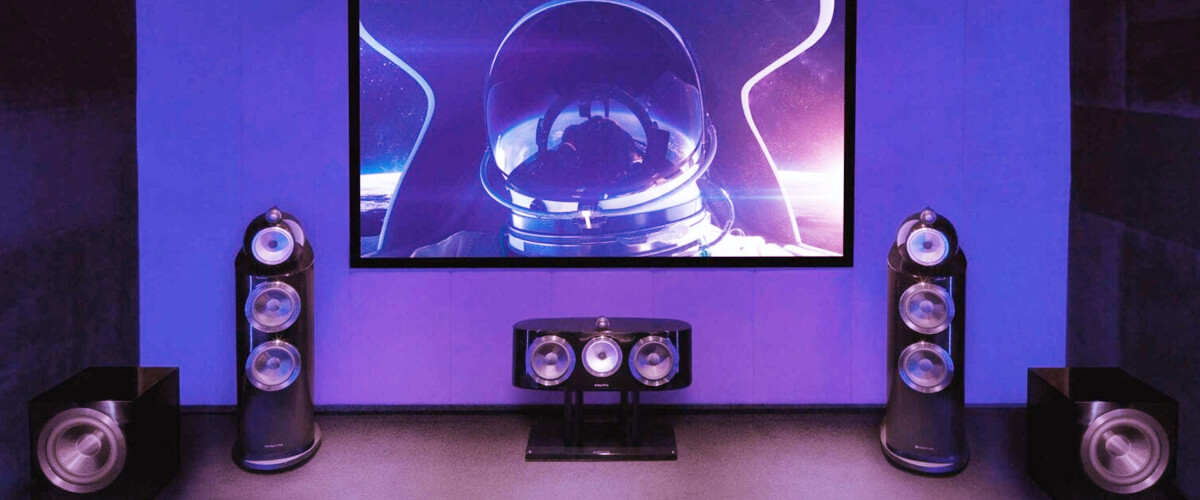
There are several common misconceptions about the power rating of AV receivers/amplifiers. It is important to understand these misconceptions to make an informed decision when choosing an AV receiver.
High wattage equals better sound quality
One common misconception is that you need to buy the most powerful AV receiver to achieve better sound quality. However, this is not always the case. While higher-rated amplifiers can provide more power, other factors, such as speaker sensitivity and room acoustics, can affect overall sound quality. In many cases, a less powerful AV receiver with the right speakers may provide better sound quality than a more powerful one with less appropriate speakers.
Power ratings and real-world performance
It’s also important to understand that the actual performance of an AV receiver depends on several factors, such as the speakers used, the quality of the speaker wires, and even the size and layout of your room. The power rating of the receiver is only one factor that can affect sound quality, so when choosing an AV receiver, you need to consider all the circumstances.
Importance of other specifications
Other features, such as the number of channels, impedance, and connectivity, should also be considered when selecting an AV receiver. Although output power is important, it is not the deciding factor when choosing an AV receiver. It’s important that all system components work in harmony, that their ratings match, and that you get the maximum of watching surround-sound movies or listening to music. Remember that louder is not better. For example, I never use the full power of my equipment, tune it to my liking, and make sure every wire and the connection is working properly. Take better care of your equipment, and it will love you back.

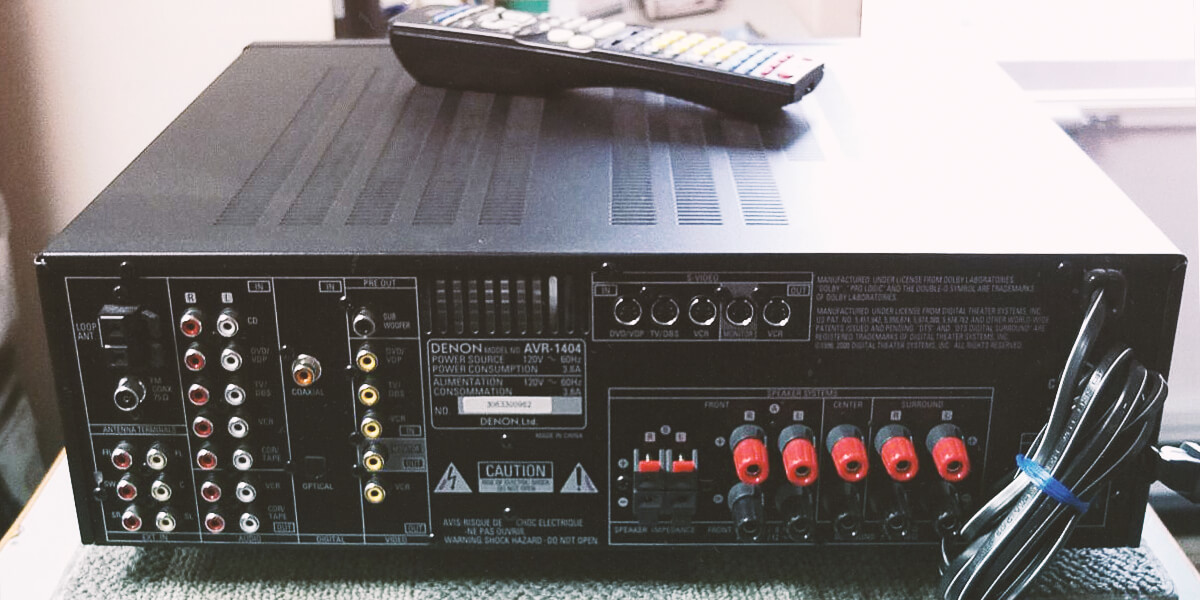


![Best 2-Channel Receiver [Expert Reviews and Buying Guide]](https://hometheaterology.com/wp-content/uploads/2023/11/best-2-channel-receiver-stereo-300x150.jpg)

